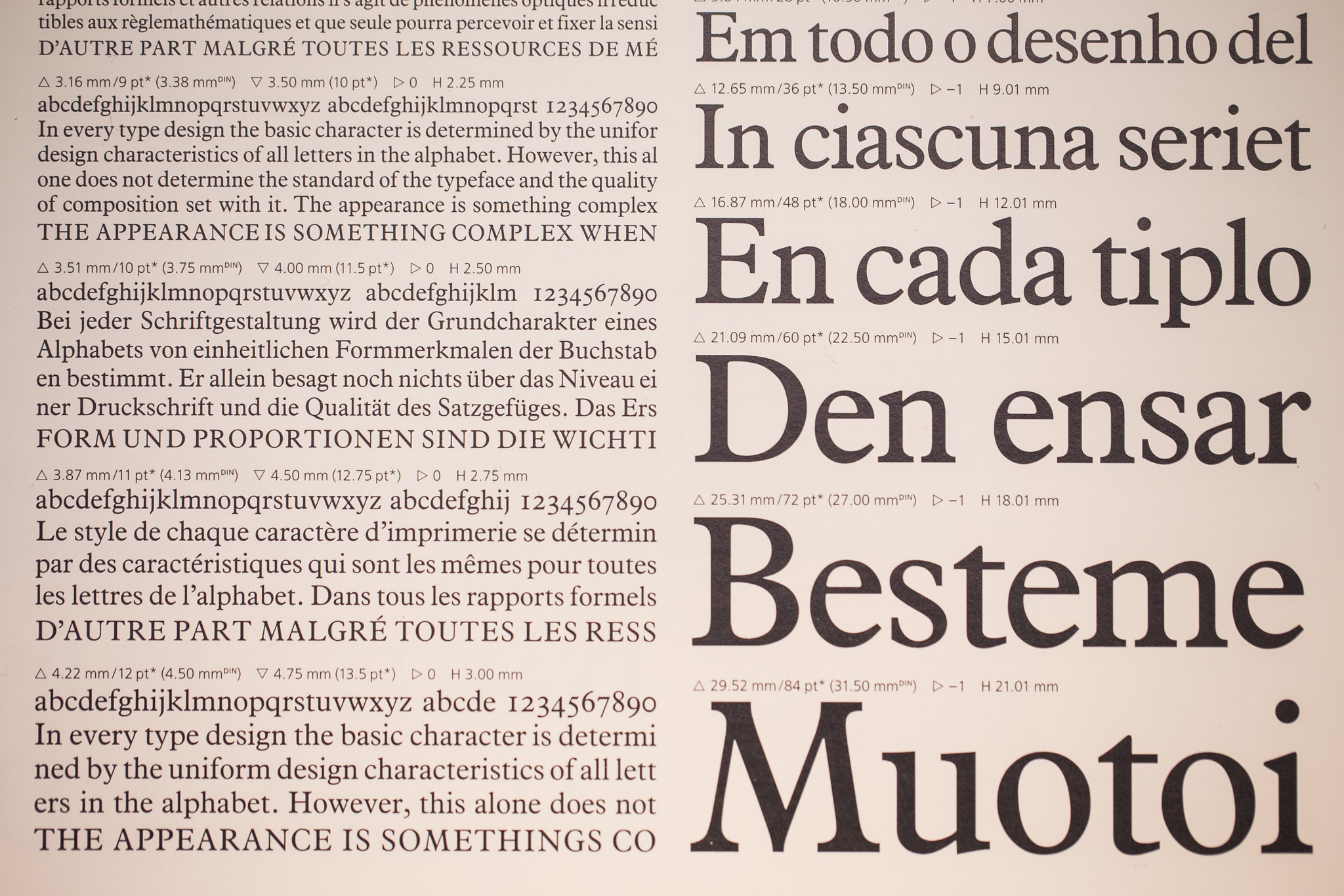Legibility.info: Developing Inclusive Communication Design
Legibility.info, or leserlich.info, is an online guide to inclusive communication design for people with or without visual impairments. Depending on their individual circumstances, people have different needs regarding usability and the design of typefaces, typography, and images in both print and digital media. During a two-year R&D project, we worked with people affected by the… Continue reading Legibility.info: Developing Inclusive Communication Design
